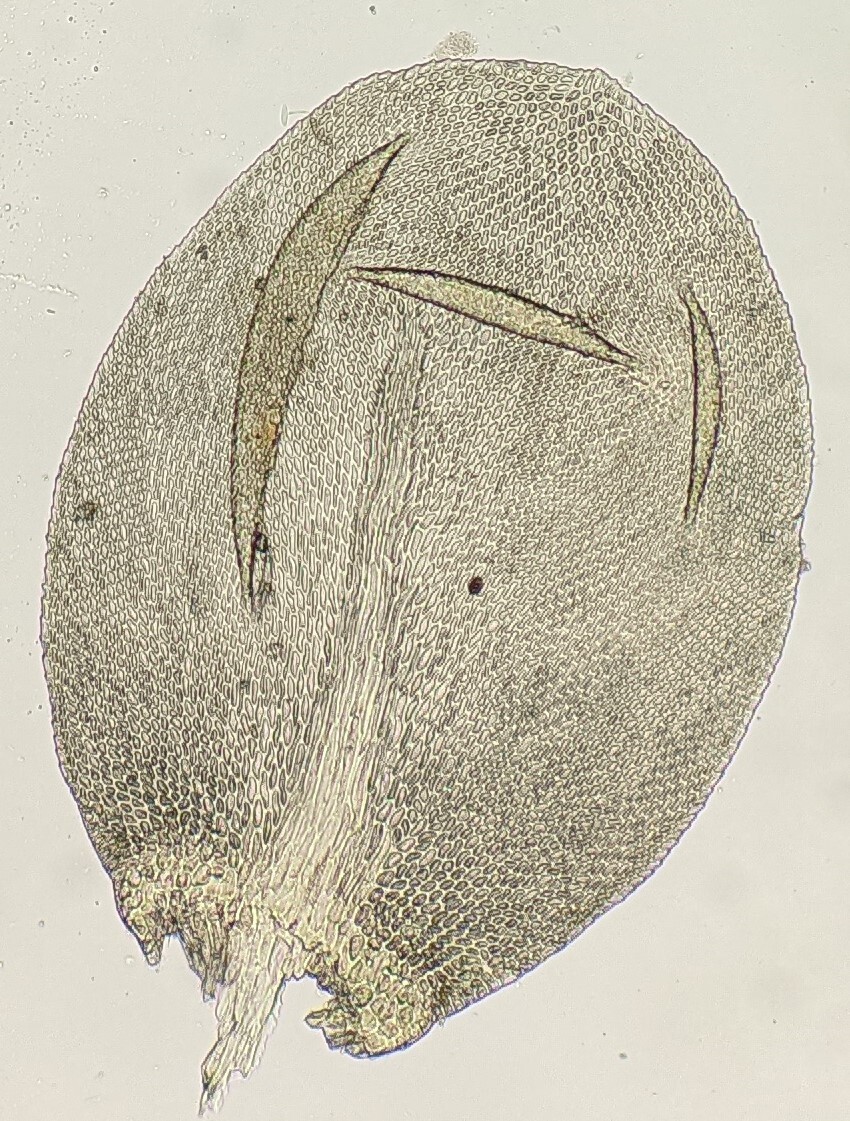Lembophyllaceae
Dioicous. Asexual reproduction rarely by caducous flagelliform branchlets (not in Victoria). Mats, wefts or pendents on trees, logs, rocks or soil. Stems differentiated into creeping primary stems and erect, ascending or pendent secondary stems, with rhizoids restricted to base, tufts where in contact with substrate, or tips of branches; secondary stems irregularly pinnate to regularly 2- or 3-pinnate, often with a basal unbranched stipe section and a more apical branched frond section, often with microphyllous, flagelliform branches; paraphyllia absent; pseudoparaphyllia present and foliose, or rarely absent (not in Victoria); central strand present or absent. Leaves arranged around the stem and facing all directions or complanate, often those of stems and branches differentiated or leaves monomorphic, appressed to wide-spreading or homomallous when moist, scarcely altered or becoming more appressed when dry, usually ovate, usually concave, often strongly so, often decurrent; apex round, obtuse, apiculate, acute or acuminate; costa single and extending to apical half or leaf or terminating in basal half, double and short to extending to near midleaf, or absent; margin entire, serrulate or serrate (not in Victoria), plane, incurved or revolute, without a border; laminal cells linear, rhombic, oblong, or elliptic, smooth (not in Victoria), prorate or pitted; alar cells usually well differentiated and quadrate to rectangular. Pleurocarpous. Capsule erect to horizontal, symmetric or curved, exserted, operculate, with a well- or weakly differentiated annulus. Calyptra cucullate, smooth or slightly roughened (not in Victoria), glabrous or hairy. Operculum conic to short-rostrate. Peristome double and alternate; exostome of 16 entire teeth, with or without (not in Victoria) a distinct shoulder; endostome of 16 segments arising from a low or high basal membrane; cilia present, rarely absent.
16 genera and 65 species, shared throughout the world except polar regions; four genera and eight species in Victoria.
The circumscription of the Lembophyllaceae presented here follows Quandt et al. (2009) and Enroth et al. (2018) and is much broader than the circumscription provided by Tangney (1997) and followed in the recent Australian treatment of Klazenga & Milne (2006) that recognised five predominantly Australasian genera in the family. In the circumscription of Lembophyllaceae followed here, all the constituent genera belong to a single lineage closely related to the Neckeraceae (Quandt et al. 2009; Enroth et al. 2018). This circumscription closely resembles that of Brotherus (1925), with the exceptions of inclusion of Pilotrichella and the exclusion of Acrocladium as its own family.
 Spinning
SpinningBrotherus, V.F. (1925). Musci (Laubmoos), in Engler, A. (ed.), Die natürlichen Pflanzenfamilien, edition 2. Bd 11. Engelmann, Leipzig.
Enroth, J.; Shevock, J.R.; Ignatov, M.S. (2018). Mawenzhangia thamnobryoides (Bryophyta, Lembophyllaceae), a new moss genus and species from the Shangri-La region of Yunnan Province, China. Phytotaxa 346: 237–246.
Klazenga, N.; Milne, J. (2012). Australian Mosses Online 30. Lembophyllaceae. Version 24 May 2012 . Australian Biological Resources Study , Canberra.
Quandt, D.; Huttunen, S.; Tangney, R.S.; Stech, M. (2009). Back to the future? Molecules take us back to the 1925 classification of the Lembophyllaceae (Bryopsida). *Systematic Botany * 34: 443–454.
Tangney, R.S. (1997). A generic revision of the Lembophyllaceae. Journal of the Hattori Botanical Laboratory 81: 123–153.


